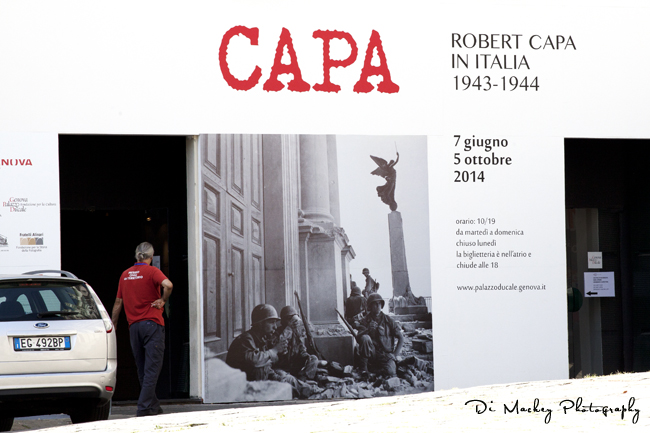I didn't have time to visit this Robert Capa exhibition while in Genova but only because I realised that it will be there for a while. I shall return and make space for it. He was a fascinating man.
Monday found me in my favourite secondhand bookshop here in the city. I discovered a huge treasure, justified buying it, then had to talk myself into carrying the huge weight of it home.
It's John Phillips book, Free Spirit in a Troubled World.
At just 21 years old, Algerian-born photojournalist Phillips was hired by Life magazine and assigned to cover Edward VIII, just as the story of Wallis Simpson and the king's abdication was about to break. Here, Phillips records his next 23 years as a correspondent, witnessing many of the 20th century's most dramatic events. Before World War II, he filmed the Wehrmacht marching into Austria, the Warsaw Ghetto, and turbulence in central Europe. From the Middle East, there are momentous photographs of King Farouk, King Ibn Saud, and the destruction of Jerusalem's Jewish Quarter. Reproduced from his negatives rather than Life's prints, the over 200 black-and-white images chronicle old worlds collapsing and new regimes seizing power. More so than most photojournalists' memors, Phillips's extensive text combines intelligence with delightful intimacy.
Of course I'm going to want to read his book. And even better, for me, it was less than 20euro.
But anyway, at some point each morning spent in Genova, we would find our way to Douce Pâtisserie, in Piazza Matteotti, and this was the view from my table ...


